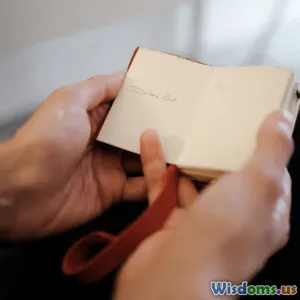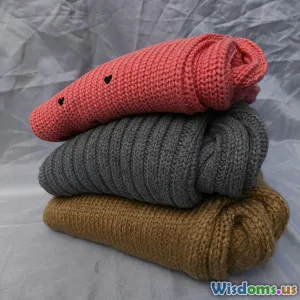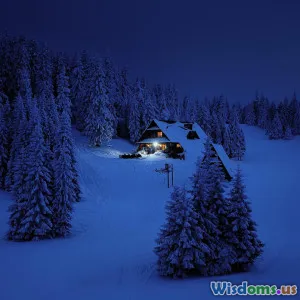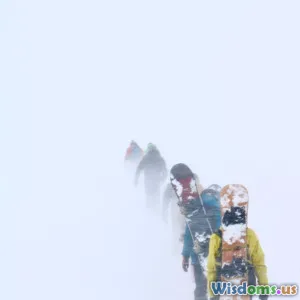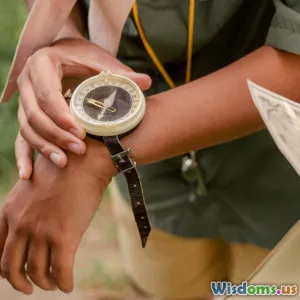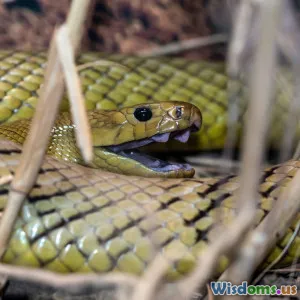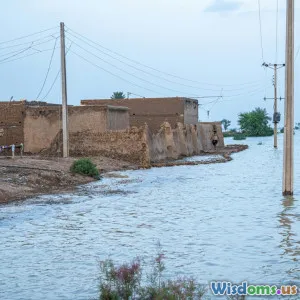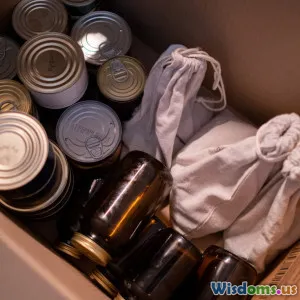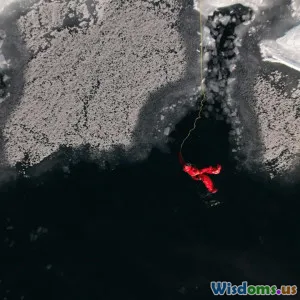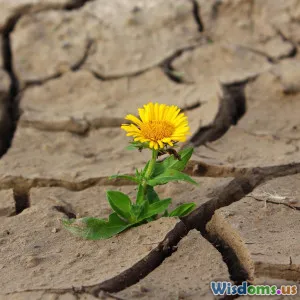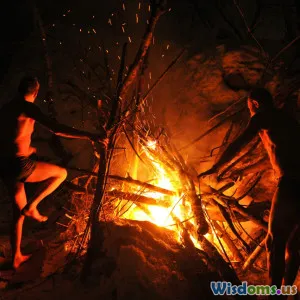
What Most People Get Wrong About Winter Campfires
9 min read Discover common misconceptions about winter campfires and learn how to build safer, more efficient fires in cold conditions with expert tips and real-world insights. (0 Reviews)
What Most People Get Wrong About Winter Campfires
Winter campfires evoke a romantic image of crackling flames against snowy landscapes, friends gathered for warmth and stories. Yet, despite its allure, winter fire-building is more complex than many assume. Defaults borrowed from summer camping often fail miserably in cold conditions, leading to wet wood, smoky fires, dangerous hazards, and wasted time.
In this article, we’ll uncover what most people get wrong about winter campfires—and provide practical, science-backed insights that not only enhance warmth but improve safety and reliability. Whether you’re an avid camper or a weekend warrior, mastering these winter fire fundamentals is crucial to truly enjoying your frosty wilderness experience.
Common Misconceptions About Winter Campfires
1. "Any Wood Will Burn Just As Well"
Many believe that a spark plus some wood in winter will produce an adequate fire, but wood moisture content plays a critical role. Green or wet wood does not simply refuse to burn; it releases steam and smoke which not only reduces heat output but can douse flames altogether.
For example, according to research by the US Forest Service, wood moisture content above 20% significantly diminishes the heat energy released during combustion. Winter conditions — especially snow-packed or recently rained-upon wood — often lead unsuspecting campers to use damp fuel that sputters rather than roars.
Pro Tip: Always add dry, well-seasoned hardwood like oak, hickory, or maple to your fire mix. Store extra firewood in a waterproof container or under a rainfly well before your trip.
2. "Any Fire Setup Works in Cold Weather"
People often attempt to replicate their standard summer teepee or log cabin fire structures in winter. However, snow and cold dampen these architectures’ efficiency. Cold air can smother flame oxygen, and snow beneath can soak your fire from below.
Consider that an effective winter fire standby elevates the fire off the snow and allows optimum airflow. Building a fire directly on the ground risks melting snow underneath, leading to slushy ground and unstable fire bases.
Smart Build: Construct a fire platform of rocks, logs, or a bed of pine boughs to keep your fire insulated. Fire bridges increase airflow and stop the cold ground from stealing heat.
3. "You Don’t Need To Clear The Snow Around Your Fire"
Some campers build campfires surrounded by snow banks to shield the fire from wind. While this has merits as a windbreak, they often neglect the insulating properties of the snow itself. Snow absorbs heat rapidly, turning your campfire pit into a heat sink.
Insight From Experts: The Wilderness Medical Society notes that excessive snow near campfires not only dampens wood but rapidly cools the fire perimeter, requiring more fuel to maintain sufficient warmth. Clearing a significant perimeter of snow around your fire zone minimizes heat loss.
How to Build A Winter Campfire That Performs
Step 1: Location Matters
Choosing the right site begins with assessing both safety and functionality.
- Find Wind Protection: Set camp near natural windbreaks like rock faces, dense conifers, or terrain depressions.
- Elevate Your Fire: Avoid building on snow directly. Probe beneath for patches of frozen earth or flat logs.
- Clear a Large Area: Remove snow at least 3 feet in diameter to establish your fire pit, preventing melting snow runoff.
Step 2: Gather Proper Materials
- Tinder: Birch bark or dry pine needles ignite easily even with damp conditions.
- Kindling: Small, dry twigs and branches, preferably dead and brittle.
- Firewood: Dense hardwoods give longer, hotter burns with less smoke.
- Fire Starter: Carry waterproof matches, a magnesium fire starter, or a butane lighter.
Many veterans suggest packing some dry firestarters, like cotton balls soaked in petroleum jelly. These can compensate when natural tinder is scarce.
Step 3: Construct with Care
Two classic winter fire designs stand out:
- The Elevated Platform Fire: Lay a thick base of green branches or flat logs, ensuring airflow under the fire bed. This reduces snow contact and prevents moisture absorption.
- The Lean-To Fire: Position a robust log as a backboard, lean kindling against it, and start the fire beneath the lean-to. This captures heat and directs smoke away without smothering.
Step 4: Maintain and Manage
Cold drafts can slip in unobserved. Use stones or snow blocks carefully queued around (but not touching) the fire area as wind deflectors.
Avoid extinguishing the fire partially. A dying winter fire can reignite with great difficulty, especially as temperatures plunge.
Safety Mistakes Unique to Winter Campfires
Underestimating Carbon Monoxide Danger
When building fire pits surrounded by snow mounds or inside "snow caves", combustion fumes can accumulate. The dense snow walls act like a trap for deadly carbon monoxide gas.
The National Safety Council warns that many winter campers overlook proper ventilation when using enclosed fire setups, leading to potentially fatal CO poisoning.
Frostbite Risks vs. Fire Safety
Often campers huddle close to the fire to warm up, forgetting that clothing near open flames can ignite easily. Synthetic fabrics are especially prone to melting.
Maintain a safe “no-spark” distance and use heat-reflective barriers made from natural materials to maximize warmth without added fire risk.
Real-World Insight
Seasonal Road Trips and Firepit Failures
A 2018 study of winter camping statistics in Colorado's Rockies revealed that 62% of abnormal campfire incidents were linked to building fires directly on snowpacks or using wet wood, demonstrating the real-world consequences of misconceptions.
Experts like survivalist Ray Mears emphasize that preparation and knowledge—not mere instinct—make winter campfires enjoyable and safe. His advice: "Only when you respect the environment and conditions can you build fires that warm body and spirit without disaster."
Conclusion
Winter campfires are not just summer gimmicks moved to colder months; they require deliberate adaptations backed by experience and science. Misjudging wood moisture, fire placement, or the environmental context can lead to wasted fuel, safety hazards, and miserable chills.
By understanding and correcting what most people get wrong about winter campfires—such as wood dryness, elevated builds, snow clearance, and ventilation—outdoor enthusiasts transform the campfire into a trusted centerpiece of winter adventure.
Embrace these lessons with preparation and respect, and your next winter campfire will not only burn brighter but also leave you with memories warmed by both science and the magic of the wilderness.
References
- US Forest Service, Wood Fuel Moisture Effects on Combustion Efficiency
- National Safety Council, Carbon Monoxide Awareness in Winter Camping
- Wilderness Medical Society, Cold Weather Fire Safety
- Ray Mears, "The Survival Handbook"
- Colorado Department of Parks and Wildlife, Winter Camping Reports 2017-2019
Rate the Post
User Reviews
Popular Posts










